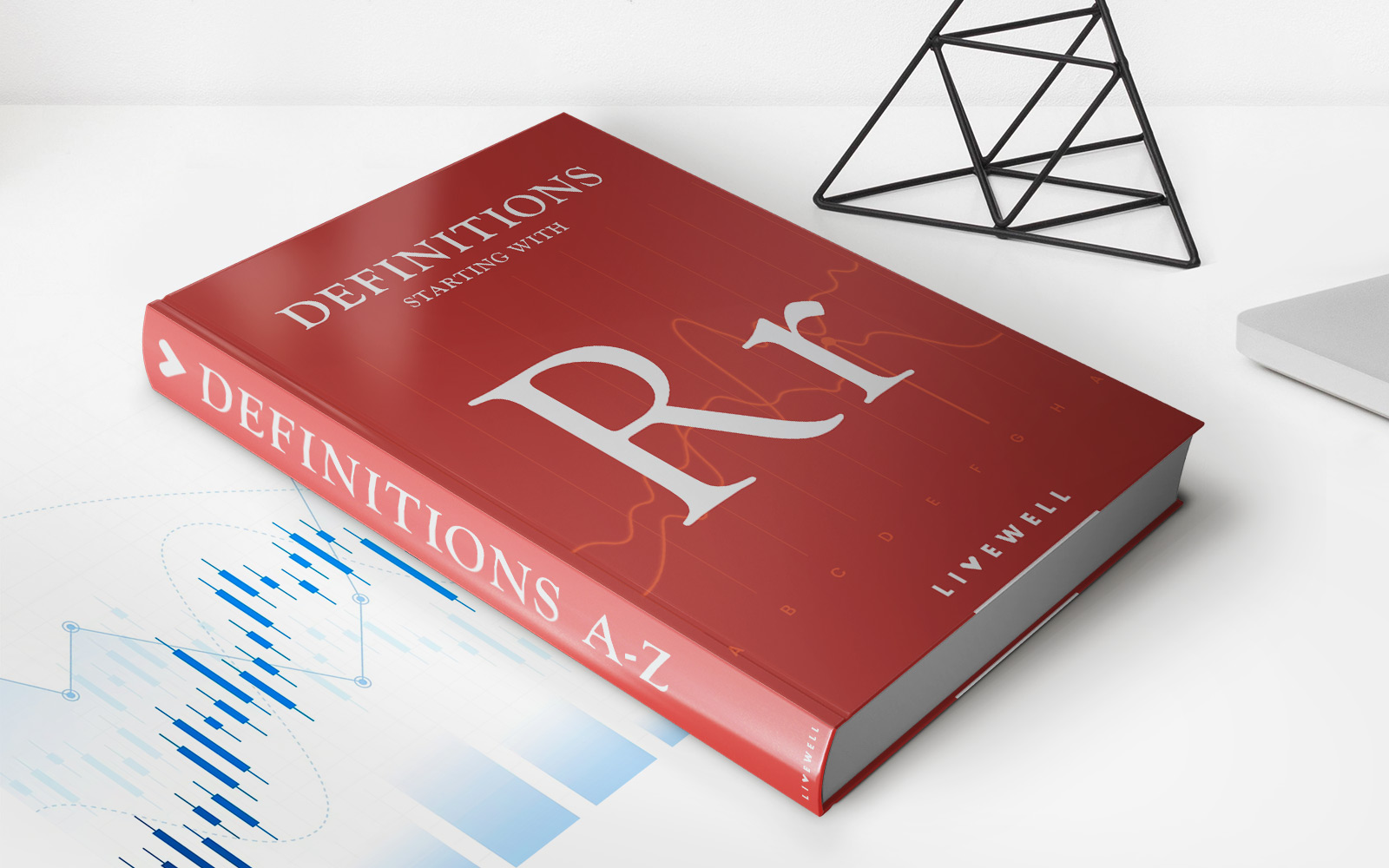Home>Finance>What Is A Bank Run? Definition, Examples, And How It Works


Finance
What Is A Bank Run? Definition, Examples, And How It Works
Published: October 13, 2023
Learn what a bank run is in finance, its definition, examples, and how it works. Understand the potential impact on financial institutions and the economy.
(Many of the links in this article redirect to a specific reviewed product. Your purchase of these products through affiliate links helps to generate commission for LiveWell, at no extra cost. Learn more)
Understanding the Phenomenon: Bank Runs
Have you ever wondered what happens when a large number of people suddenly line up outside a bank, all trying to withdraw their money at once? This situation is known as a bank run. Bank runs can be quite alarming and can have significant consequences for both the affected bank and the broader economy. In this article, we will explore the definition, examples, and how bank runs work.
Key Takeaways:
- Bank runs occur when multiple depositors lose confidence in a bank and attempt to withdraw their funds simultaneously.
- Bank runs can be triggered by various factors, including rumors, economic instability, or concerns about the solvency of the bank.
What is a Bank Run?
A bank run is a situation where depositors rush to withdraw their money from a bank, fearing that the institution may become insolvent and unable to honor withdrawals. It is essentially a collective panic that can quickly spread, sparking a crisis of confidence in the banking system.
During a bank run, depositors may believe that the bank holds insufficient funds to cover all the withdrawal requests, leading to a fear of losing their savings. As a result, individuals line up outside the bank, hoping to withdraw their cash before it runs out. This massive withdrawal of funds can put immense pressure on the bank’s liquidity and stability, potentially causing it to fail.
Examples of Bank Runs
Bank runs have occurred throughout history, often triggered by economic downturns or rumors of a bank’s instability. Here are a few notable examples:
- The Wall Street Crash of 1929: The stock market crash in the United States led to a financial crisis that caused widespread panic among depositors. People rushed to banks to withdraw their money, causing a wave of bank closures and exacerbating the economic downturn.
- The Great Depression in the 1930s: The financial hardships of the Great Depression led to multiple bank runs across the United States. Over 9,000 banks failed during this period, further crippling the economy.
- The Northern Rock crisis in 2007: In the United Kingdom, rumors about the instability of Northern Rock, a mortgage lender, fueled a bank run. The bank faced significant liquidity problems as customers tried to withdraw their savings, eventually necessitating a government bailout.
How Bank Runs Work
Bank runs typically follow a specific pattern:
- Loss of confidence: Some factor, such as rumors or economic instability, causes depositors to doubt the stability of a bank.
- Withdrawal requests increase: Word spreads, and more depositors begin requesting withdrawals, fearing the potential loss of their savings.
- Liquidity strain: The simultaneous withdrawal of funds strains the bank’s liquidity. Banks often keep only a fraction of deposits as cash, relying on loans and investments to meet customer withdrawals.
- Bank instability: If the bank fails to meet withdrawal demands and lacks the necessary liquidity, it may become insolvent and face closure or bankruptcy.
Bank runs can have severe consequences on both individual depositors and the broader economy. They can lead to the collapse of financial institutions, loss of savings, and economic instability.
In Conclusion
Bank runs are a phenomenon in which depositors collectively lose confidence in a bank and try to withdraw their funds all at once. These runs can be triggered by various factors and historically have had significant consequences on both banks and economies. Recognizing the signs of a bank run and understanding how they work is essential for policymakers and individuals alike.
Remember, while bank runs are a rare occurrence in today’s well-regulated banking industry, it’s crucial to maintain confidence in the system and trust in the financial institutions that safeguard our money.














